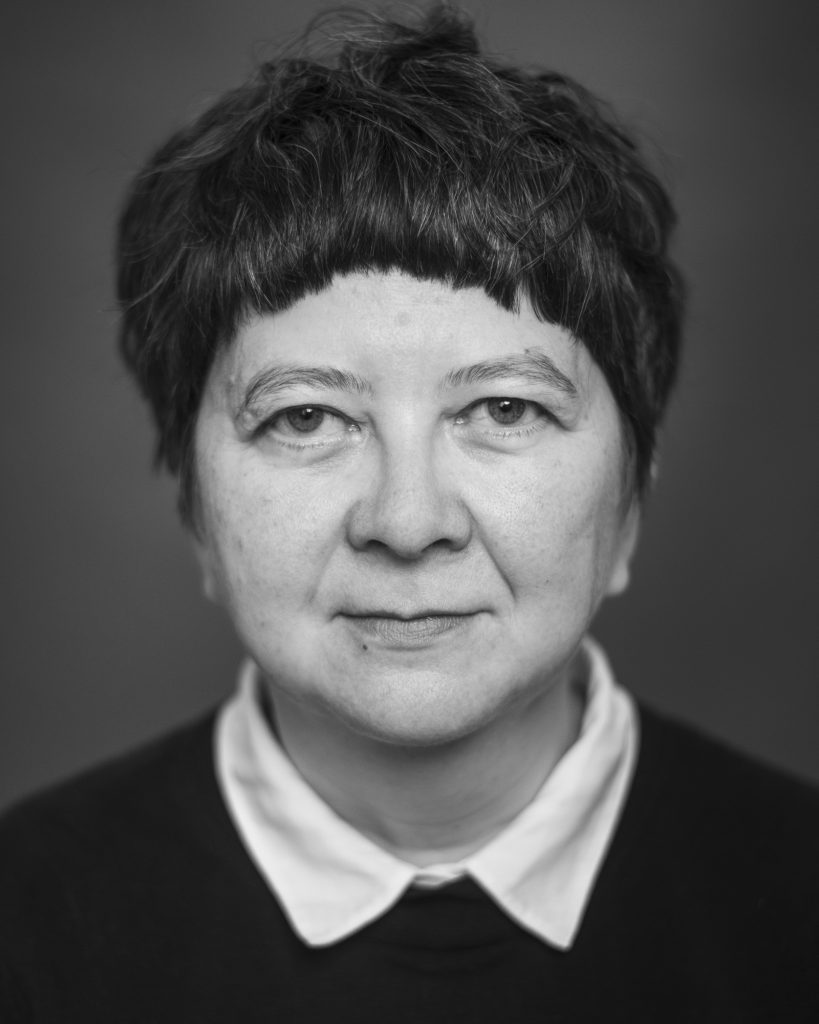ד״ר אלכסנדרה קליי
המכון להיסטוריית יהדות גרמניה, המבורג
הצעת המחקר
Back to Germany? Jewish Architects after 1945
Only a few Jewish architects who were able to leave Germany and Europe in the 1930s returned permanently after the end of the Second World War. The reasons for this were manifold and always also the result of individual decisions. Nevertheless, two factors were crucial: In comparison to other professional groups, many architects emigrated rather early, since the so-called Reichskulturkammergesetz (Reich Chamber of Culture Act) meant that they had hardly any opportunity to work in Germany as early as 1933. Many of them managed to establish themselves as architects in their new surroundings, albeit often with great difficulty. That is why they often saw no reason to leave their new home. Second, and this made conditions difficult for those who wanted to return, in postwar Germany, there was very little interest among non-Jewish architects, urban planners, and political stakeholders to invite Jewish architects to participate in reconstruction projects. For many years, building activity in Germany was dominated by those who had already planned and built during National Socialism and had been able to build solid professional networks.
However, both in academic studies and in archival materials on building projects as well as in personal estates, we can repeatedly find indications for the fact that Jewish architects were invited and/or returned to Germany temporarily, primarily to work on individual building projects. The research residency at the Azrieli Architectural Archive served the purpose to look into such traces, starting with the Werner Josef Wittkower and the Arieh Sharon collection.
